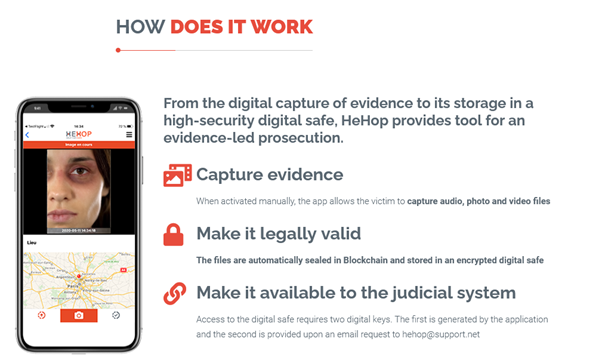
Blockchain technology has been a topic of discussion in various industries, including the social good sector. Its potential for business model innovation and its ability to provide accountability, security, and verifiability make it an attractive option for implementing various types of business and operating models. As I recently gave a lecture on the use case of blockchain technology for social good, I had the opportunity to reflect on the current state of developments and how trust in society can be restored.
The range of use cases for blockchain technology in social good is impressive. Some of the areas identified include creating transparency in land registry information, establishing identities for individuals without identification papers, distributing aid to refugees efficiently, enhancing sustainability in value chains, disaster relief, decentralized autonomous organizations, wildlife protection, financial inclusion, voting systems, education credentials, food safety, charitable giving transparency, and healthcare records. These use cases have been extensively discussed in academic literature.
The development of blockchain technology for social good has seen different waves. Initially, the focus was on exploring ways to put existing ideas on the blockchain. However, the existing infrastructure performed well enough, making it less appealing to switch to new systems. The second wave saw entrepreneurs utilizing the underlying technology to its full potential. Innovative approaches based on game theory and milestone-based funding economies started emerging. However, implementing such schemes proved challenging due to the need to find funding organizations, set up separate escrow accounts, and find external validators.
Some endeavors aimed to revolutionize entire industries, such as wine, automotive, or rice industries. The belief was that network effects would easily convince industry stakeholders to change their systems. However, challenges beyond technology, like regulatory requirements and market liquidity, hindered the success of such concepts. Additionally, some assumptions, like widespread diffusion of digital wallets, proved unrealistic, especially in the social economy sector where access to digital wallets may be limited.
Furthermore, data flows within the blockchain technology field remain limited. While there are initial concepts building data pipelines, they are not yet fully operational. To overcome these challenges, the new generation in the social innovation field is starting with smaller networks and gradually decentralizing the protocols over time.
Despite these challenges, there are simple yet impactful use cases of blockchain technology in the social good sector. HeHop, for example, offers a platform for victims of domestic violence and war crimes to document their injuries using time-stamped videos and images, which can serve as legal evidence. Another example is Big Green DAO, a governance tool that allows beneficiaries to vote on the next cohort of beneficiaries, enabling experimentation with different voting mechanisms.
In conclusion, blockchain technology has the potential to bring significant positive change to the social good sector. Through transparency, accountability, and verifiability, it can address various challenges and restore trust in society. While there have been challenges and limitations, innovative use cases and a gradual decentralization approach are paving the way for a future where blockchain technology can make a substantial impact in creating social good.






